Solariums have been gaining in popularity over the last 20 years, as many homeowners have found them to be a very enticing solution to brightening up a long winter. They are made even more appealing by the many manufacturers who offer solariums at very attractive prices - especially when compared to adding a home extension of comparable size, the cost per sqft is much lower with special offers on Solariums.
Just think about it - who doesn’t dream of living in a bright house that invites in the warm rays of the sun on a cold winter's day? A solarium seems to be the perfect solution - they are brightly lit and heated by the sun and, in addition to increasing your indoor living space, they allow you to feel like you are connected with nature no matter the season.
But when you look past the initial attraction and instead evaluate them based on their energy footprint, durability and comfort, they are unfortunately not well-suited to cold climates such as we have across most of Canada.
Prefab kit solariums:
Some solariums are bought as kits and used exclusively as living space, others are used for growing vegetables and even fruit. Strictly speaking, a solarium is not a greenhouse, but can be used as such.
The typical solarium is usually a glazed space adjacent to a dwelling, separated by an exterior wall and accessed through a door. Roofs are sometimes glazed, but not necessarily. Other solariums are permanently integrated into the living space and cannot be closed off from the rest of the home.
Most commercially available solarium kits are constructed with wood or aluminum frames. It goes without saying that the choice of materials and the surface area greatly affect their price, but that also applies to their durability and energy performance.

|
|
Solarium/Sunroom kit addition for extra space, but are they the bargain they may seem? © Lindal Additions via Flickr
|
Passive heating in solariums - expectations vs reality:
The concept and common sales pitch for solariums are just great; capture the sun's rays to reduce your overall winter heating costs. Their effectiveness in this capacity has been well-documented in moderate climates such as in Europe or even in the milder regions of the United States. However, it's a very different story in Canada or cold climates! Here is what you can realistically expect from a solarium during each season in a cold northern or central mainland USA climate:
Winter days: even in the dead of winter, a solarium will heat up significantly, so much so that it may probably even overheat.
Due to the lower orientation of the winter sun and the absence of leaves on most trees, the sun's rays will easily reach far into a solarium, even those that don’t include a glazed roof. This can be a good thing, if the solarium is carefully designed - but most aren't.
However, on cloudy days, the interior temperature will not likely warm to a comfortable temperature. And depending on the configuration of a specific solarium, it may often be difficult to maintain a comfortable living temperature without a supplementary heat source and a well insulated slab on grade foundation.
Winter nights: depending on the amount of thermal mass in the room (stone, masonry, brick, etc.) to act as a thermal battery for storing solar heat, varying amounts of heat will be absorbed and stored when the sun is up, and released later when the sun goes down and the room begins to cool. But once that supply of heat is depleted, and in the absence of a supplementary heat source, the room will rapidly lose energy to the outside through the large glazing area.
As the structure and frame have virtually no insulation value, they will act as a thermal bridge, and quickly draw the heat out of the solarium. In short, heat accumulated during the day will be lost at night, and the overall energy balance will often amount to a net heat loss rather than the commonly advertised net heat gain.
Durability is also a serious concern, as warm, humid air condenses on the cold interior surfaces and leaves behind moisture that can run down the frame and glazing and damage parts of the structure or furnishings.
Solariums; The experience of an expert:
Ecohome’s engineer Denis Boyer is an expert in thermodynamics and energy efficiency and, conveniently for us, used to live in a house in a cold climate with a solarium. This makes him uniquely positioned to report on their performance.
Living in an open concept home with a four-season solarium overlooking the living room and the kitchen, his solarium consisted of an aluminum structure with a double-glazed roof and walls. His experience was such that in winter, the aluminum structure would become very cold to the touch, and frost would often appear on the windows. "We had a sofa leaning against the glass wall in the middle of the solarium, and when sitting there in winter it often felt like there was a window open.” Denis attributes this sensation to the natural convection of warm air rising and cool air dropping.
“The warm air in the center of the room would rise to the ceiling, and as it touched the cold surfaces of the roof and walls, it would cool and drop down along the vertical glazing surface, creating the sensation of a rather annoying cold breeze.” (read about designing for thermal comfort)
In addition, he mentioned the cold windows would draw all the heat radiating from the room (and its occupants) and often make the room quite uncomfortable, not to mention that the solarium contributed to much higher heating bills.
Spring and fall:
If a solarium is facing south and there are no leaves on trees or anything else to block the sun, you can expect them to constantly overheat during the spring and fall months.
Summer:
They will for the most part, be hot by day as well as night. This limits the use of a solarium as a living area in the summer unless they are air-conditioned, which would be another nail in the coffin of the ‘energy efficiency’ argument.
Overall performance of Solariums:
The idea that a solarium will heat the interior of the building in winter and reduce its energy consumption unfortunately does not seem to materialize in all but the warmest regions of Canada, like Southern Ontario and perhaps the sunnier regions of coastal or central British Columbia. Generally speaking, the further north they are built, the greater the net heat loss will be.
Shading from nearby deciduous trees may extend the annual amount of usable time a solarium will offer, by reducing the input of unwanted heat in the summer, yet also allowing the winter sun to enter.
On the other hand, Denis Boyer's experience in terms of what benefits tree coverage offers is mixed;
“Leaves offered some shading and respite from the sun’s rays, but they would often fall and stay on the glass roof. Thus, in addition to blocking the light, they ended up rotting, so it was therefore necessary to climb on the roof from time to time to clean it, a rather risky endeavour. It was also essential that we kept nearby trees well-pruned, or risk damage from branches that could break and fall under the weight of snow or ice. We often forget that a solarium has a more fragile roof and is in constant need of maintenance."
Our recommendations for the passive heating and sunlit living space in Solariums:
Comfort, durability and energy efficiency are best achieved if passive heating strategies are designed as an integrated part of the building envelope. This is best served by choosing high-performance windows that would ideally be triple-paned.
Additionally, including darker colored materials with significant thermal mass in the direct path of the sun can help optimize heat gain and keep interior temperatures balanced. The ideal design would absorb as much solar radiation as possible in the day, lose as little as possible at night, and include materials with high thermal mass and dark color in the direct path of the sun to absorb heat and balance temperatures.
"The extreme variation of temperatures between summer and winter in our Solarium took a significant toll on the junction between the aluminum structure and the glazing. Leaks in the frames would regularly develop and require swift repair to avoid damage to surrounding materials” says Denis, though he goes on to add -
“Despite all the disadvantages, including frequent discomfort, high heating bills, water infiltration and regular required maintenance, there was no denying the attractive atmosphere of our solarium with such an input of natural light into our home.”
For those who still want a solarium…
If you are still tempted to install a solarium after considering the downsides listed above, here are the recommendations of Denis Boyer - opt for triple glazing to minimize convection, increase comfort and improve efficiency but consider selecting a low-e glazing that will prevent overheating most of the time, unless shading is readily available; be diligent with maintenance of the junctions between the frame and glazing; install a heat pump to reduce heating and cooling costs in winter while ensuring comfort in summer; avoid a glazed roof, and opt for a light-coloured exterior structure that will reflect light with a dark colored interior area exposed to the sun for maximum winter heat gain.
Solariums conclusion:
It simply cannot be denied that on its own with no climate control, a solarium will for the most part, be either too hot or too cold. It will not bring with it energy savings, it will not be useable much of the time, and it will likely require more maintenance than the rest of your house. We would instead float the idea of a conventionally built addition, with an energy-efficient wall assembly that includes large, high-quality windows.
If your desire is to use a solarium as a makeshift greenhouse for growing ornamental plants or perhaps food, that presents even greater concerns. A greenhouse full of plants will have high levels of relative humidity, and to allow that environment to mix with that of the rest of your conditioned space will increase the overall humidity levels in your home, for an idea of the principles involved, see why earthships don't work in cold climates here.
All that said, the appeal of solariums or a greenhouse in winter is pretty strong, so for those determined to bask in a warm sunny enviroment, here is a guide detaling the best practices for greenhouse construction in a cold climate.
Now you've learned all about Solariums in cold climates, to better understand the principles of Passive Solar home design, and how to heat homes with the heat of sun, see here, for a finely engineered solution to high performance homes check out all you need to know about Passive House certification here from North America's favorite no-nonsense Green Building Website, EcoHome
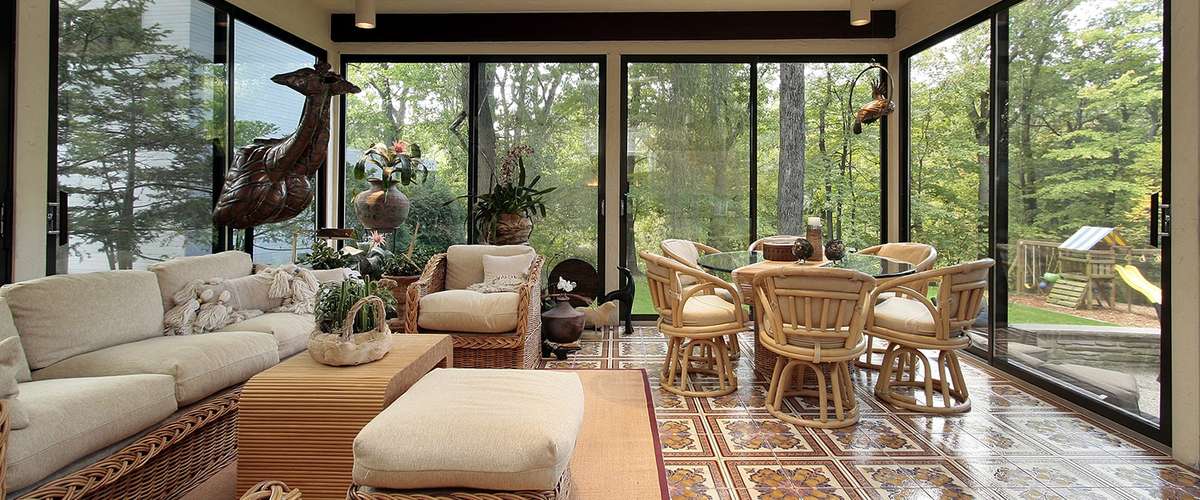






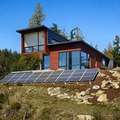








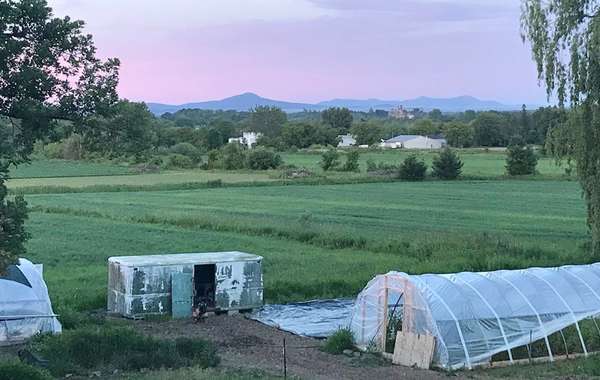
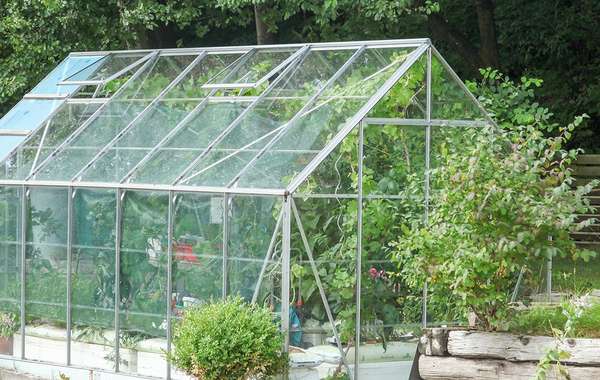




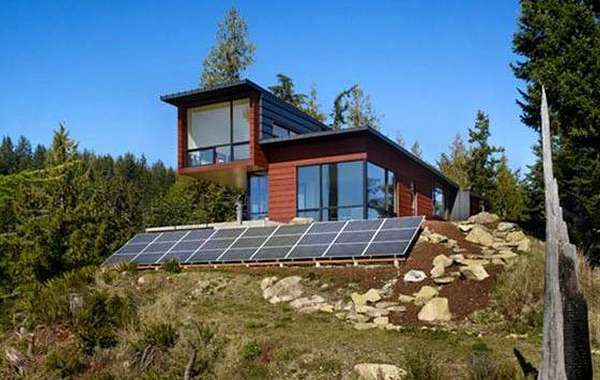

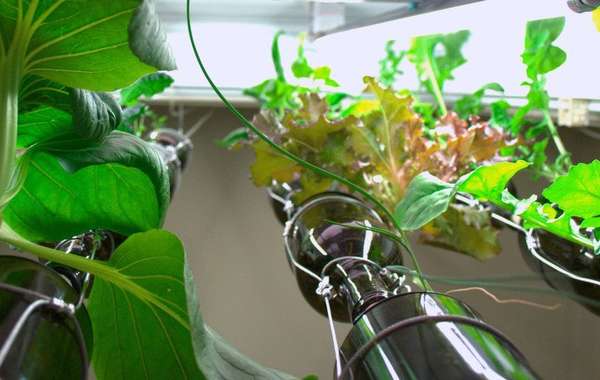

I think solarium's are very effective during the winter months. When I constructed my house, I very specifically included one. The main reason is that solarium will heat up significantly during very cold winter days. It improves the property value and improves the home's curb appeal. It brings more natural light to the room and adds an extra layer of beauty to the house.
Hi Ralphy
If you are located in a warmer region you may be having a better experience. You mention that it will heat up significantly on cold days, which is true, but as mentioned above, in a colder climate that heat gain will likely not exceed the heat loss over a 24 hour cycle. However, we fully agree they are very enjoyable during the times that they are brightly lit and have not yet overheated.
And yes, they can add value to a home, but they still cost money to build, so whether or not you are coming out ahead at the time of a sale is difficult to say. It may help make a sale with some buyers, but it may also dissuade others, as would a hot tub or backyard pool perhaps. Those also cost a lot to build, consume a lot of energy and requires significant maintenance. It boils down to personal preference - if you want one, build one, but knowing the downsides will at least have you walk into it with your eyes open and hopefully lead you to build it with efficiency and durability in mind. Thanks for sharing, Best regards.
This is a very interesting article. I live in Saskatchewan and it does get very cold in Winter and very hot in Summer. I looked at many of the ads and did not see any of them address the problems brought forward by this article.
I wonder if the required thermal mass could be a cistern-like cavity under the sun-room, filled with rocks and water. How could that thermal mass be used since direct sun rays are naturally not able to heat the sub-sun-room thermal mass.
If there were some energy efficient way to exchange heat the thermal mass could also be used to cool the room.
Hi Thomas,
Sunrooms at a glance are incredibly attractive and there is little doubt that their romantic appeal is highlighted in advertisements while the drawbacks or impacts on energy consumption are not discussed. That’s business, you put your best foot forward!
Thermal mass needs to be inside the conditioned space, or at least insulated. What you describe is interesting, and certainly sounds like it could work, Though I suspect it may get a little complicated to inject heat into the thermal battery and to distribute it afterwards.
There is nothing inherently wrong with that if you are someone that likes to tinker with an idea or project, though I think you could simplify it a bit. If you add up the cost of the various components you would need for what I *think* you are talking about, there are probably easier and cheaper ways.
As an example, and trying to stay on your train of thought: you need a floor, so rather than applying capital to excavation and the creation of an insulated heat storage component below the floor and some sort of distribution system, you could use the floor itself as the thermal battery in the form of an insulated concrete floor. It would naturally store and release heat in a very balanced matter, and do so with no added mechanical involvement.
To take it to then next level, you could add a mechanical component for solar heat collection during the winter months. In the fall of 2018, we will be working on our next demonstration house that will have a solar air heated floor, watch for more on that, and that may be something along the lines of what you are talking about. Air will be blown through solar panels, which will then feed warm air into a network of air tubes in the concrete. That is a system we developed working with a manufacturer, but if you’d prefer to jury rig a DIY solar heated floor you could do the same with a rudimentary water heating system. Pex tubing could be run through the floor that is warmed by a homemade thermal solar collector. We will post more on that floor when we have it, and if you undertake some sort of creative project like you describe, please keep us updated. Below are some links to pages that better describe what I mentioned above, as well as some that may inspire you in your design. Best regards.
It seems to me that most of the critiques presented in the article refer to a 'solarium' that is used as part of the rest of the house. At the start of the article it says "The typical solarium is usually a glazed space adjacent to a dwelling, separated by an exterior wall and accessed through a door."
If the solarium is thought of as 'exterior' to the living space (i.e., separated by an insulated wall and exterior grade door), then most of the complaints do not apply. Instead of being an added heating and cooling load, it becomes an extra layer of insulation (with passive thermal).
Similarly, during hot weather I'd assume you just open windows and it becomes a screen porch, with very little increase in temp vs. exterior.
Nat, this is the same conclusion that I am arriving to after reading this article, but I wish there was a more definitive consensus. I am exploring the option to retrofit a lean-to greenhouse to my existing house to provide a thermal insulating layer especially for the colder months (Minneapolis). I'm trying to find scientific literature that can speak to the efficacy of a greenhouse lean-to ability to passively heat cold climate homes if separated by an external wall.